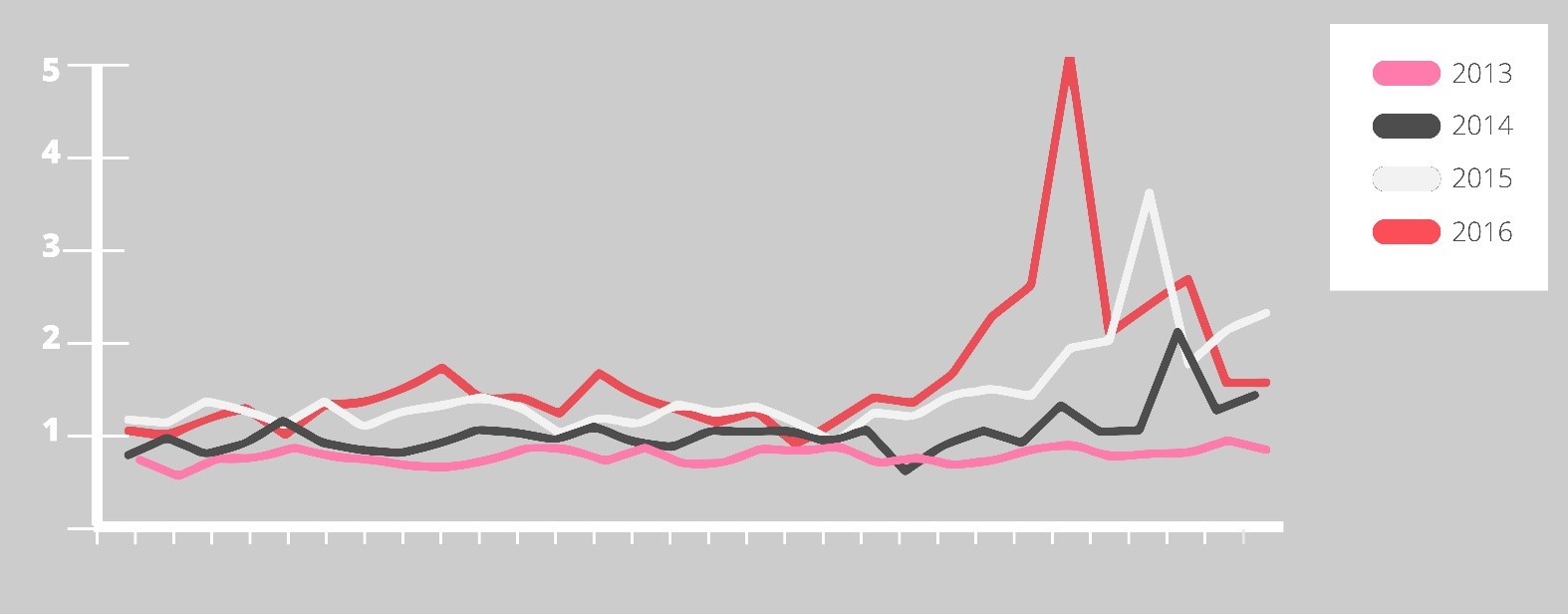
Richard Dennys, CEO of affiliate marketing network Webgains, part of ad pepper media group, looks at how online advertisers can make the most of Black Friday in 2017 and whether retailers can expect another £1bn boost like that in 2016.
Black Friday has become a truly noteworthy event for retailers across Europe in the last few years since arriving on our shores from America in 2010.
Last year, close to £1bn was spent on Black Friday alone in the UK, while in Germany the €1bn mark was broken for the first time. Arguably, however, sales could have been even higher as the day was hit by its own black mark – of sorts.
Initially, online retailers experienced more traffic than they had ever had before as bargain hunters broke down the proverbial digital floodgates and swept across sites looking for the latest bargain.
During the course of the morning though, a few websites started crashing and could only offer a limited service, some of them major websites like Currys, PC World and Game along with several cash back sites.
Most online retailers were not affected by this problem and e-commerce transactions for the most part went through without a hitch, but the crash was a veritable disaster for those companies which experienced the glitch, and not only led to considerable loss of sales, but also threatened the reputation of those companies.
From Black Friday to Black November
The importance of Black Friday for the online retail sector is reflected in the data we have collected at Webgains. More than 10 percent of the total e-commerce volume for the month of November was turned over on this one day. This is compared to just a few years ago when much of the sales curves remained about the same.
This shows that, despite a few headlines that Black Friday has had its day, as a concept it is still relatively young and just starting to find favour with online shoppers across the UK and EU.
For online retailers, this will be a welcome revelation but, the event of last year also highlight the vulnerabilities these businesses face when it comes to vulnerabilities of IT systems and the infrastructure they have in place.
Even a problem during the final 10 days of November can have serious consequences, as nearly half the month’s sales are made during these short time frames and 15% of all annual e-commerce sales are generated during November, according to figures collected by Webgains.
It can be assumed that most online shops have experienced similar trends. The relationship is likely to be even more significant for new, fast-growing, or highly seasonal e-commerce companies.
This over-reliance on late November to make up the year’s sales is one reason why, for some time, online businesses have been working on strategies to even out sales performance during the rest of the year.
Looking at e-commerce around the world more promotional days are popping up throughout the year in an effort to promote more sales spikes. In China for example, Singles Day – on November 11 – has already become the biggest sales day in the world and has far surpassed the likes of Black Friday and Cyber Monday.
It is likely we will see brands and retailers becoming even more inventive when it comes to creating “shopping event days”.
Other retailers are also increasing the number of “sneak peek” or “early access” deals which are aimed at diffusing the dependency on peak sales days. For example, some brands started offering their first deals in October with the aim of promoting customer loyalty before the peak periods started.
Instead of focussing so intensively on the final weekend in November, the bargain hunting began as early as late October and continued until just before Christmas. Any longer would of course be impossible, as the purchases have to be delivered to the customer in time for Christmas. Similarly, Amazon spread out the temptations by offering customers its Black Friday sales for a total of 35 days – all the way through to 22 December last year. It can be assumed that this trend of stretching out online purchasing will take place again this year.
This is a trend that should be embraced as it not only reduces the dependency on a single day for online retailers, but also limits the impact of IT failures when they do occur at the wrong time.
For this year at least, the data shows us that new sales records are set to be broken as we approach the end of the year, and not just on Black Friday.
Webgains affiliate platform: November e-commerce sales (in EUR mill.)


